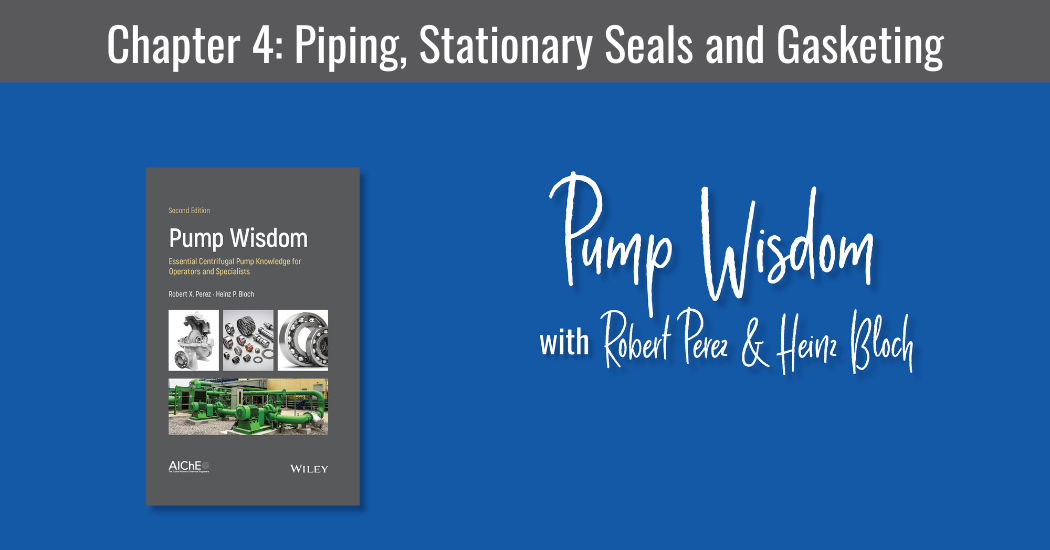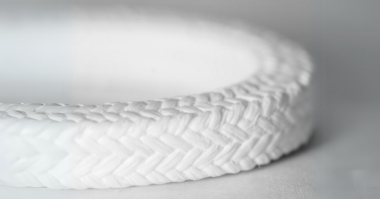Explore key facets of centrifugal pump ownership, installation, operation, and troubleshooting
The Second Edition of Pump Wisdom: Essential Centrifugal Pump Knowledge for Operators and Specialists delivers a concise explanation of how pumps function, the design specifications that must be considered before purchasing a pump, and current best practices in lubrication and mechanical seals.
This new edition also contains new startup and surveillance tips for pump operators, as well as repair versus replacement or upgrade considerations for maintenance decision-makers, new condition monitoring guidance for centrifugal pumps, and expanded coverage of operator best practices.
Read Chapter 3: Foundations and Base Plates here.
Monitoring pipe stress while bolting up
Pumps are designed to allow only limited loading of pump suction and discharge nozzles. Misaligned pipes can produce forces and moments on pump nozzles that vastly exceed maximum allowable values. Excessive piping loads can cause high vibration, shaft misalignment, seal distress, bearing overload, and coupling failures.
Fill out this form to read the entire Chapter 4 excerpt.





Comments